Large quantity exports but brand name is still vague
Over the years, Vietnam has always been among the leading rice exporters. According to data from the General Department of Customs, Vietnam's average annual rice export output is 6.5-7 million tons; in 2023 alone, Vietnam exported a record 8.1 million tons of rice, with a turnover of 4.6 billion USD. Entering 2024, from the beginning of the year to February 15, Vietnam exported 663,209 tons of rice, worth 466.6 million USD with an average price of 703.5 USD/ton.
In terms of market, if in the past Vietnam could only export to a few dozen countries, now it has reached nearly 160 countries and territories, with a market share of up to 15% of total world exports.
Notably, in recent years, Vietnamese rice has also achieved high rankings in international rice competitions. For example, ST25 rice has been internationally recognized as the best twice at the World's Best Rice competition, organized by The Rice Trader (the first time in 2019 and the second time in 2023).
However, according to experts, the “Made in Vietnam” rice brand is still quite obscure in the international market. Because Vietnamese rice exported to other countries is often sold under the distributor’s brand, consumers do not recognize the origin of the rice from Vietnam. Typically, in the Philippines market, the largest consumer market for Vietnamese rice, many types of rice when exported are packaged in other countries, so when they reach the end consumers, they do not know that it is Vietnamese rice.
In recent shares, Mr. Phung Van Thanh, Trade Counselor of the Vietnam Trade Office in the Philippines, said that Vietnam's rice exports to the Philippines in 2023 reached 3.1 million tons, accounting for nearly 87% of the country's total rice imports, although down 2% compared to the previous year, but in terms of turnover reached 1.75 billion USD, up 17.5%, due to high prices.
According to Mr. Thanh, Vietnamese rice is not only for consumption, but also an important commodity to ensure food security and macroeconomic stability for the Philippines. However, rice importers in this country label rice produced in Vietnam quite vaguely, so "you have to look closely to see it". Meanwhile, Thai and Japanese rice exported to the Philippines is labeled "Thai Rice" or "Japanese Rice" by distributors in this country in large, clear labels on the packaging.
Not only in the Philippines, in Saudi Arabia - one of the largest importers of Vietnamese rice - although Vietnamese rice here has a more competitive price than the same type of rice from Thailand, it still does not have its own brand. Accordingly, most of Vietnam's rice still has to be exported under the name of the importer, the distributor who orders it, and they always ask Vietnamese enterprises to package and design according to their own specifications and requirements.
The lack of brand building for Vietnamese rice as well as the lack of brand awareness has reduced the value of Vietnamese rice, making us unable to decide the price, but completely dependent on world rice prices. Specifically, in the period 2017 - 2020, Vietnam was the third largest rice exporter in the world in terms of volume and export turnover (after India and Thailand), but the export price of rice was the lowest among the five largest rice exporters in the world, reaching only 481.1 USD/ton.
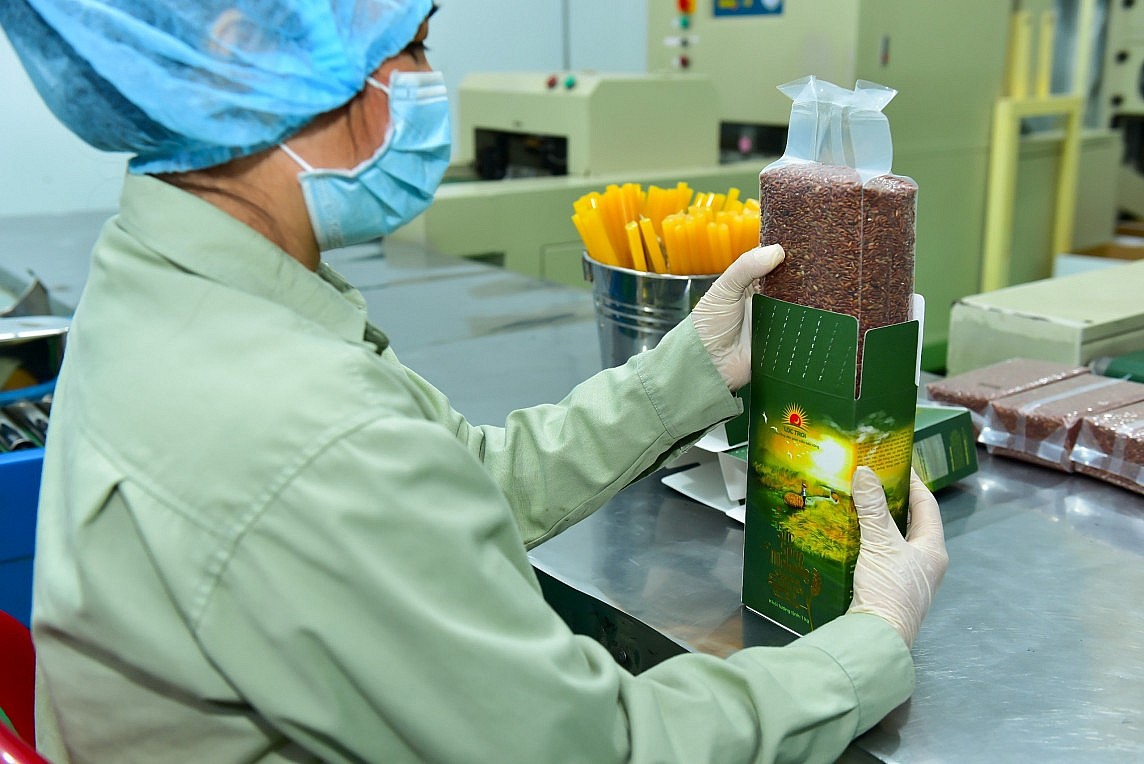 |
| Branded Vietnamese rice is sold at high prices in EU countries. |
Must have a brand to sell at a high price
After the 2017-2020 period, from 2021 to now, Vietnam's exported rice has had a higher price and in 2023, according to data from the General Department of Customs, our country's exported rice price reached an average of 703.5 USD/ton.
This result is partly due to the high demand for rice in the world market and partly because Vietnamese rice has established brands in the market. The story of Trung An, Loc Troi or Tan Long Group is an example. These enterprises have been exporting rice to demanding markets in Europe such as France, England... with "Made in Vietnam" packaging and high value of over 1,000 USD/ton.
To do so, Mr. Pham Thai Binh, Chairman of the Board of Directors of Trung An High-Tech Agriculture Joint Stock Company - said that: Trung An has focused on implementing a large-scale model field program according to the mutually beneficial method of "farmers producing according to the requirements of enterprises", a large-scale rice growing model with strict control of irrigation sources and plant protection chemicals.
“The EU market is a particularly high-end market, which can accept the import of high-quality rice at prices up to 2,000 USD/ton, but in return, they have very high requirements for quality and food safety,” said Mr. Binh, adding that businesses must strictly comply with European standards to achieve high-value rice sales contracts over the past time.
As for Loc Troi Group, the company's Com Vietnam Rice has appeared in European supermarket systems with a retail price of 4,000 Euro/ton. Mr. Nguyen Duy Thuan, General Director of Loc Troi Group Joint Stock Company - shared that if we only export or have a factory to buy milled rice, we cannot build a brand in Europe. Therefore, to build a separate brand in Europe, Loc Troi is building a brand on the common foundation of the Vietnamese rice brand, Vietnam Rice. When building a common brand, we will build a separate brand for the business, the growing area, the farmer, the variety, etc.
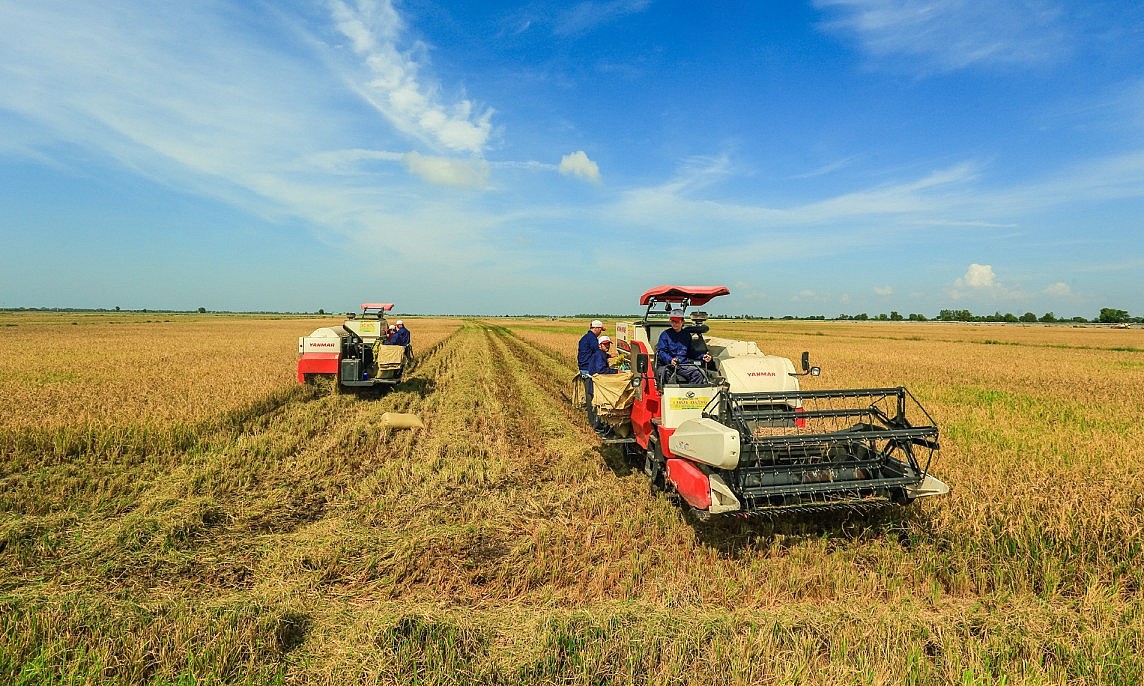 |
| To build the Vietnamese rice brand, businesses and farmers must join hands to organize raw material areas. |
Need to work together to build a brand
According to the Ministry of Industry and Trade, Vietnam has participated in 19 bilateral and multilateral free trade agreements (FTAs) with most economies in the world. These include strategic FTAs such as the Comprehensive and Progressive Agreement for Trans-Pacific Partnership (CPTPP), the Vietnam-EU Free Trade Agreement (EVFTA), the Regional Comprehensive Economic Partnership Agreement (RCEP), the Free Trade Agreement between Vietnam and the United Kingdom of Great Britain and Northern Ireland (UKVFTA), etc.
Participating in these FTAs helps Vietnamese rice brands become more widely known, Vietnam's rice export market is gradually expanding to export to markets consuming high-end rice and specialty rice at prices comparable to white rice, contributing to increasing the export value of Vietnamese rice.
Realizing the advantages that FTAs bring, rice businesses have built growing areas, produced high-value rice with brands and gradually taken advantage of opportunities to export to Europe, Japan, etc. However, according to Mr. Pham Thai Binh, although this business has focused on building brands and a few Vietnamese brands have been present in the Japanese and European Union (EU) markets, the quantity is still modest. Therefore, to build a rice brand, it must start from the fields, which means reorganizing production, mechanizing, having enough good varieties to supply for production; post-harvest preservation and processing also need to be properly invested in, etc. These things cannot be done without support from the state, all levels of industry, associations, scientists joining hands and linking with businesses and farmers.
“Honestly, both businesses and farmers will not be able to build a Vietnamese rice brand on their own, nor will they be able to seize the opportunity to participate in the global value chain during integration,” Mr. Binh worried.
To build a rice brand, Mr. Binh suggested that, with the support of the State, businesses and farmers must join hands to organize raw material areas, identify quality seed groups, produce according to safety standards, and have an orientation...
Regarding this issue, Professor Vo Tong Xuan emphasized that to have high value, diligence and hard work alone are not enough. We must elevate the farming process to an art, a story, a science... to sell products not only for their nutritional value but also for their story and brand.
According to Professor Vo Tong Xuan, the story of building a rice brand has been discussed for a long time but there have been no major changes. The reasons come from three parties. First is the State, which has not really paid due attention to promoting brands for Vietnamese agricultural products.
Professor Vo Tong Xuan cited that wherever Malaysian leaders go, they promote the Musang King durian variety as the best in the world. Meanwhile, in Vietnam, although ST25 rice has been internationally recognized as the best, few outsiders know which rice variety is the best in Vietnam.
On the business side, Professor Vo Tong Xuan gave an example of ST25 rice. Mr. Ho Quang Cua himself - the "father" of the ST25 rice variety - has not yet been able to organize planting on a large area, with uniform raw materials, good and beautiful packaging...
Besides, according to Prof. Dr. Vo Tong Xuan, enterprises do not have raw materials or large areas, so if they want to export rice, they have to buy mainly through traders. This is a big difficulty in building a Vietnamese rice brand if the government does not take strong action on this. If we can solve these difficulties, building a brand will be easier.
| Building a rice brand is an urgent task in restructuring the rice industry. The Prime Minister issued Decision No. 706/QD/TTg dated May 21, 2015 approving the Project on developing the Vietnamese rice brand until 2020, with a vision to 2030. According to this Decision, the rice brand will be developed at the following levels: National brand, regional brand, local brand and enterprise brand. |
Source



![[Photo] Prime Minister Pham Minh Chinh chairs meeting on science and technology development](https://vphoto.vietnam.vn/thumb/1200x675/vietnam/resource/IMAGE/2025/5/17/ae80dd74c384439789b12013c738a045)
![[Photo] National conference to disseminate and implement Resolution No. 66-NQ/TW and Resolution No. 68-NQ/TW of the Politburo](https://vphoto.vietnam.vn/thumb/1200x675/vietnam/resource/IMAGE/2025/5/18/adf666b9303a4213998b395b05234b6a)


![[Photo] More than 17,000 candidates participate in the 2025 SPT Competency Assessment Test of Hanoi National University of Education](https://vphoto.vietnam.vn/thumb/1200x675/vietnam/resource/IMAGE/2025/5/17/e538d9a1636c407cbb211b314e6303fd)
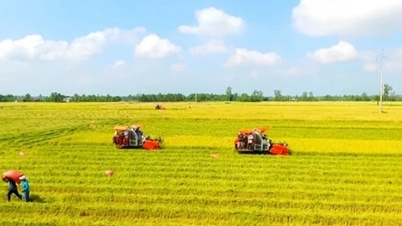

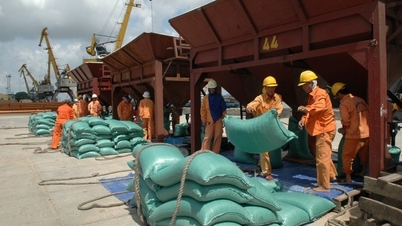
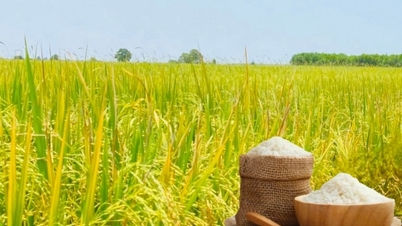
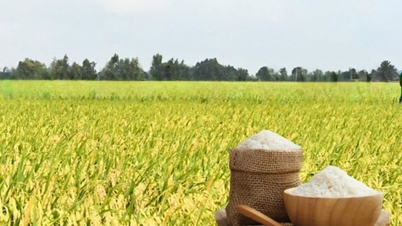

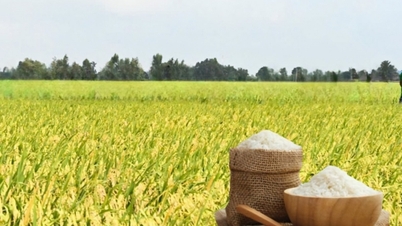





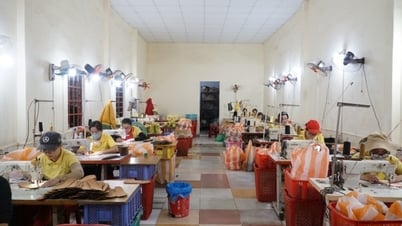





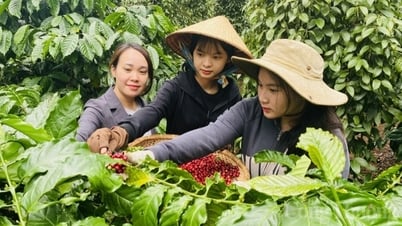
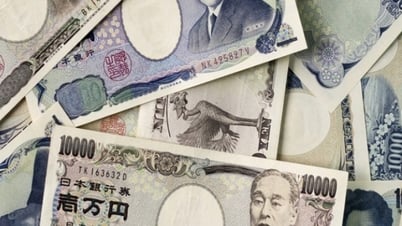
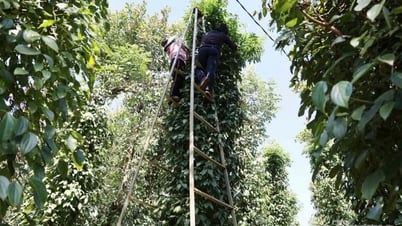
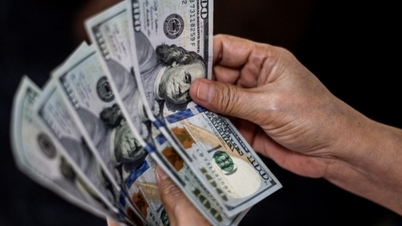

![[Photo] Readers line up to visit the photo exhibition and receive a special publication commemorating the 135th birthday of President Ho Chi Minh at Nhan Dan Newspaper](https://vphoto.vietnam.vn/thumb/1200x675/vietnam/resource/IMAGE/2025/5/17/85b3197fc6bd43e6a9ee4db15101005b)





















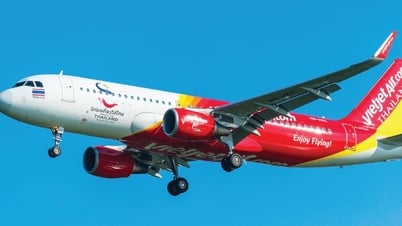








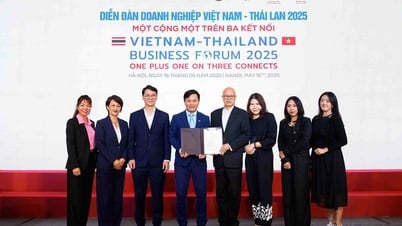



















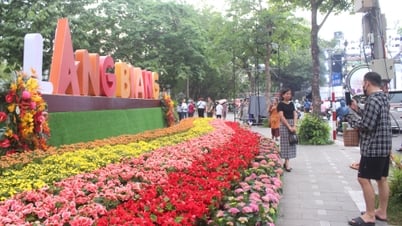

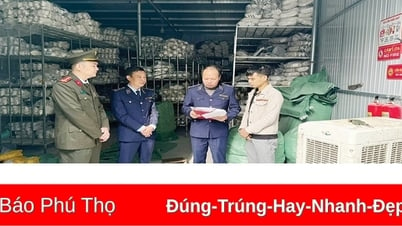



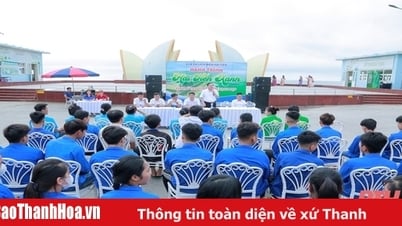

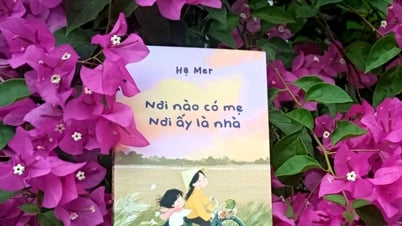
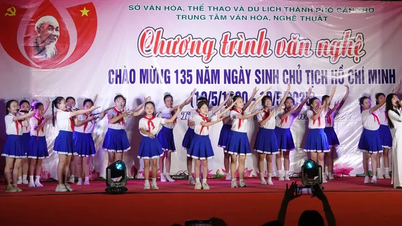











Comment (0)